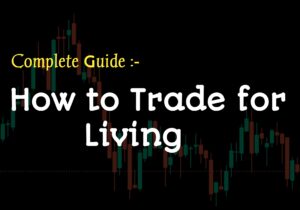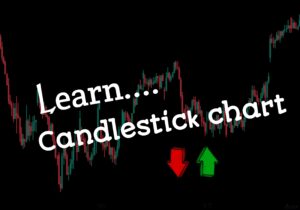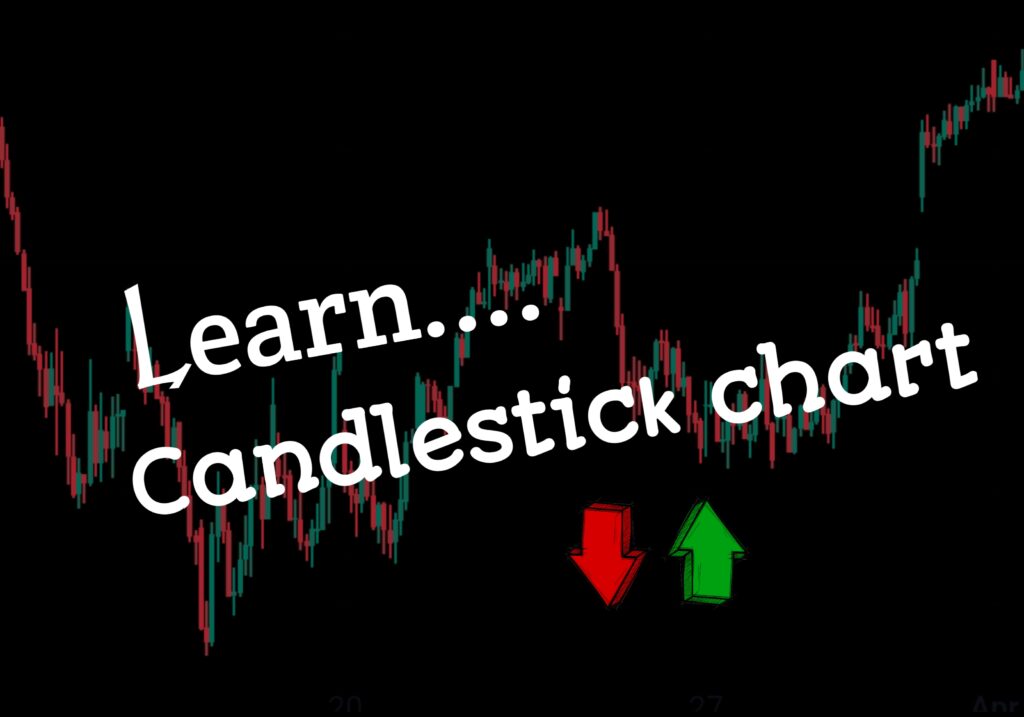The Psychology of Market Bubbles
Unraveling the Cycle of Euphoria and Collapse
If you haven’t read it then definitely read it:-How to trade for a living
Introductions:
Market bubbles, like enigmatic forces of nature, have captivated and confounded investors for centuries. These periods of exuberant optimism, fueled by surging asset prices, often culminate in dramatic crashes that leave economic wreckage in their wake. Behind the rise and fall of market bubbles lies a complex interplay of psychological factors that push rationality to its limits. In this exploration, we delve into the psychology that underpins market bubbles, deciphering the intricate web of emotions and behaviors that drive these cycles.
The Seeds of Euphoria: The Irrational Optimism
Herding Behavior: Following the Frenzy
Imagine a field of sheep all moving in the same direction. In the world of finance, this phenomenon is known as herding behavior, where individuals flock to investments that are gaining traction, driven by the fear of missing out. This collective movement amplifies momentum, propelling asset prices higher as the crowd’s optimism feeds off itself.
Overconfidence and Illusion of Control: The Mirage of Mastery
Investors often overestimate their abilities, a psychological quirk known as overconfidence bias. During a market bubble, this tendency is magnified, leading investors to believe they possess a special insight that others lack. This illusory sense of control contributes to the rapid escalation of prices, as participants believe they can effortlessly ride the wave.
Anchoring and Extrapolation: A Dangerous Duo
Anchoring occurs when individuals fixate on a specific piece of information, often the recent past, as a reference point for decision-making. In the context of a bubble, this translates to anchoring to recent price increases and extrapolating them into the future. This cognitive bias fuels the notion that prices will continue to soar, irrespective of historical valuations.
The Summit of Euphoria: The Peak of Excess
Fear of Missing Out (FOMO): The Compelling Temptation
As prices reach stratospheric heights, the Fear of Missing Out (FOMO) engulfs even the most prudent of investors. The allure of enormous gains lures in individuals who, under normal circumstances, would have steered clear. FOMO pushes the bubble to its crescendo, fostering an environment where rationality surrenders to emotional impulses.
Echo Chambers and Confirmation Bias: Reinforcing Beliefs
In the age of social media, echo chambers magnify the phenomenon. Investors gravitate towards like-minded individuals and information that aligns with their beliefs. This confirmation bias filters out dissenting opinions, intensifying the groupthink that sustains the bubble. Dissenting voices are often dismissed as irrelevant noise.
The Descent into Chaos: The Burst of the Bubble
The Reality Check: Fear Takes Center Stage
The bubble’s collapse is often swift and brutal. As prices plummet, fear replaces euphoria. Investors who were swept up in the frenzy suddenly face the harsh reality of losses. Panic sets in, prompting a frenzied rush to sell, creating a self-perpetuating cycle of falling prices and escalating fear.
Regret Aversion: The Sting of Losses
Regret aversion, the fear of making wrong decisions, amplifies the panic. Investors are haunted by their choices, lamenting the euphoric decisions that led them into the bubble. This aversion can lead to extreme behavior, such as selling at steep losses to avoid further regret.
Recency Bias and Hindsight Bias: Lessons Hard Learned
After the bubble bursts, recency bias and hindsight bias come into play. Recency bias makes recent events seem more important than they actually were, clouding judgment about the broader market context. Hindsight bias kicks in, making the bubble’s collapse appear obvious in retrospect, though it was anything but during the bubble’s ascent.
Conclusion
The psychology of market bubbles is a tale of human emotions on a grand stage. It’s a story of irrational optimism, group dynamics, and the convergence of biases that push markets to dizzying heights before the inevitable fall. Understanding these psychological factors is not just a lesson in financial history; it’s a reminder of the delicate balance between logic and emotion that shapes our financial decisions. As market bubbles come and go, the underlying psychology remains a constant, a reminder that the age-old tug-of-war between greed and fear is an ever-present force in the intricate world of finance.
Note :- This article has been write with the help of AI
If you haven’t read it then definitely read it:- How to trade for a living
How do I read a candlestick chart
Thanku ✨✨



